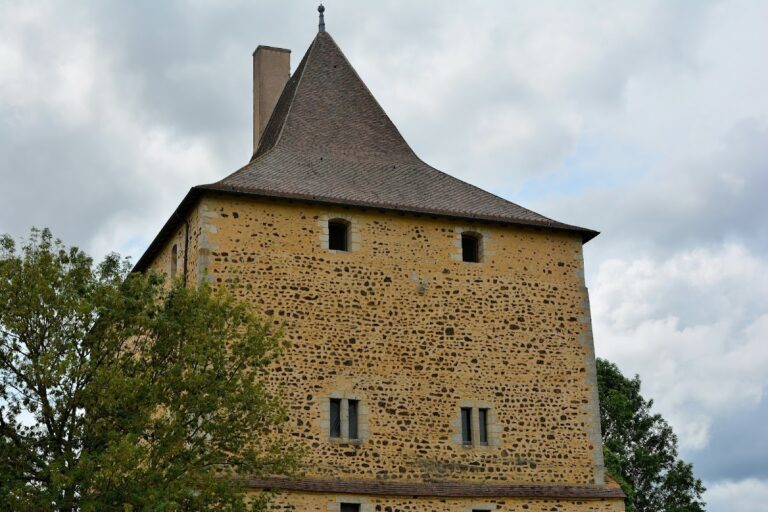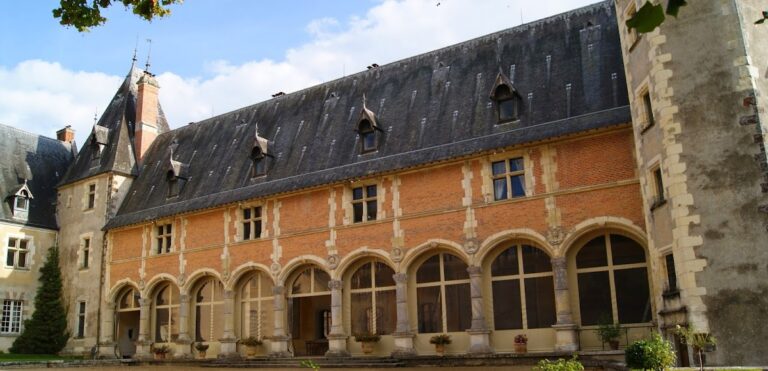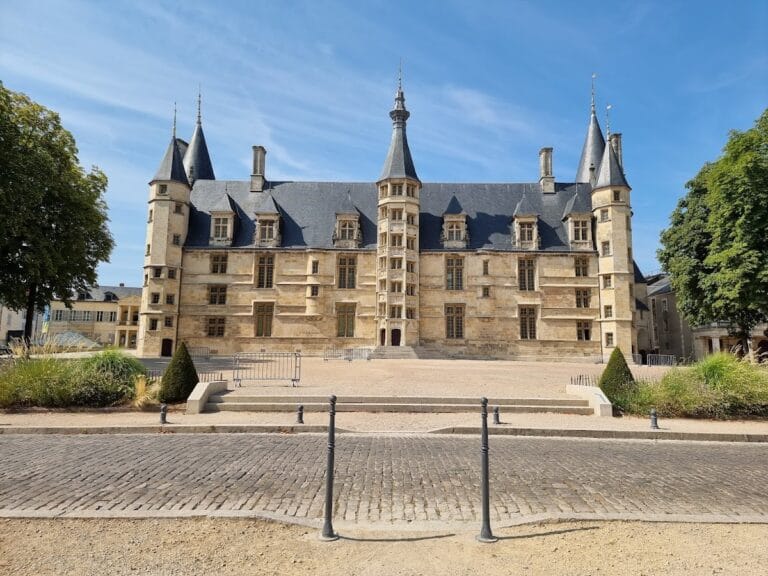Château de Pesselières: A Historic Medieval Estate in Jalognes, France
Visitor Information
Google Rating: 4.6
Popularity: Low
Google Maps: View on Google Maps
Official Website: www.chateau-pesselieres.com
Country: France
Civilization: Unclassified
Remains: Military
History
The Château de Pesselières is situated in the municipality of Jalognes, France. Constructed during the medieval period, it formed part of a feudal estate within the historical County of Sancerre, playing a role in the region’s political and judicial landscape.
The earliest records of the seigneurie of Pesselières date back to 1170, when it belonged to the Livron family. Pierre de Livron, lord of the estate in the early 13th century, is noted in 1228 for his pilgrimage to Compostela and his involvement in donations to the abbey of Notre-Dame de Lorroy, as well as the establishment of a priory dependent on Saint-Satur. This religious patronage reflects the estate’s integration into both local spiritual and feudal networks.
Around 1380, ownership passed to the La Porte family, who maintained control for over two centuries. During this period, members such as Louis de La Porte, a knight associated with Jean III of Sancerre, and Hugon de La Porte, grand archer to the Duke of Brabant, emphasized the château’s military and noble connections. The château itself became a focal point during the French Wars of Religion (late 16th century), suffering occupation first by League forces in 1589 and later royal troops in 1591, which led to considerable structural damages.
In 1639, Jean de Guibert acquired the estate and launched significant reconstruction efforts from 1640 onwards. These renovations introduced notable features like the bossaged entrance and large chimneys, and added a southeast wing, reaffirming the château’s status. The Guibert family retained ownership until 1693, when François Robert took possession. Robert’s detailed inventory of 1700 provides valuable insight into the château’s layout and contents during this time.
The 18th century saw the estate under the marquis de Puységur from 1735. Notably, he was imprisoned during the French Revolution but eventually died at Pesselières in 1810. In the era of the Napoleonic Empire and the subsequent Restoration, ownership changed to Monsieur Boin, who contributed a chapel in 1820. Later, in 1848, Madame Mager (widow Collard) bought the property, and it remained in the Collard family until the late 20th century.
After a phase of neglect in the late 20th century, restoration efforts began in the early 2000s. Recognized for its historic and cultural value, the Château de Pesselières was officially designated a Monument Historique in 2009. The estate also preserves the tradition of hosting the oldest surviving annual fair in France, celebrated every June 1st since the early Middle Ages.
Remains
The Château de Pesselières is set around a U-shaped plan enclosed within what were once extensive moats. The main access featured a gatehouse controlling a drawbridge over these water defenses, as evidenced by a 1674 map of the County of Sancerre. The surviving entrance boasts prominently bossaged stonework—a technique where the masonry blocks are left with roughened or protruding surfaces—and leads into the castle by way of a stone staircase with a distinctive ramp.
Parts of the northwest wing retain architectural elements from the 15th century, including the central main building and a stair turret, pointing to the castle’s medieval origins. Documentation from 1700 reveals a large main structure topped by a slate-covered central tower at the rear, flanked by wings housing a great hall, numerous chambers, a chapel, and even a prison. At that time, the drawbridge spanned wide moats filled with water, constructed using stone arches to support the bridge deck.
The broader estate included a lower courtyard marked by a portal flanked with two towers, all surrounded by high defensive walls with deep moats. A large stone dovecote stood within the property, highlighting the agricultural dimension of the château’s economy. Following the French Revolution, alterations transformed the site: the drawbridge was replaced with a permanent stone bridge, moats were filled and reshaped into grassy slopes, and the defensive walls and fortifications were dismantled.
In the mid-19th century under the Second Empire, a model farm replaced older agricultural structures that were then considered outdated. Later changes around 1880 involved the demolition of the left wing to open panoramic views onto the park and river, as well as the enhancement of the tower, which was heightened and crowned with battlements in a neo-Renaissance style. Corresponding remodeling of architectural details and restoration of outbuildings also occurred, accompanied by the repositioning of the dovecote.
Surveys carried out in recent times confirm that the château preserves its medieval core in the central building, along with the 17th-century southeast wing constructed atop earlier foundations. Surrounding the château is a romantic English-style park created in the late 18th century by the marquis de Puységur. This landscaped area contains centuries-old trees, a three-hundred-meter boxwood alley, a canal sustained by two springs, and remnants of an earlier formal French garden.
The park itself underwent restorations in the late 19th century and again from 2009 onward. These efforts introduced a hornbeam labyrinth and a diverse collection of tree species chosen for their botanical and aesthetic qualities. The combined château and park ensemble has been recognized for its horticultural and historical significance through the Jardin Remarquable designation, awarded initially in 2013 and renewed in 2018 and 2023.










